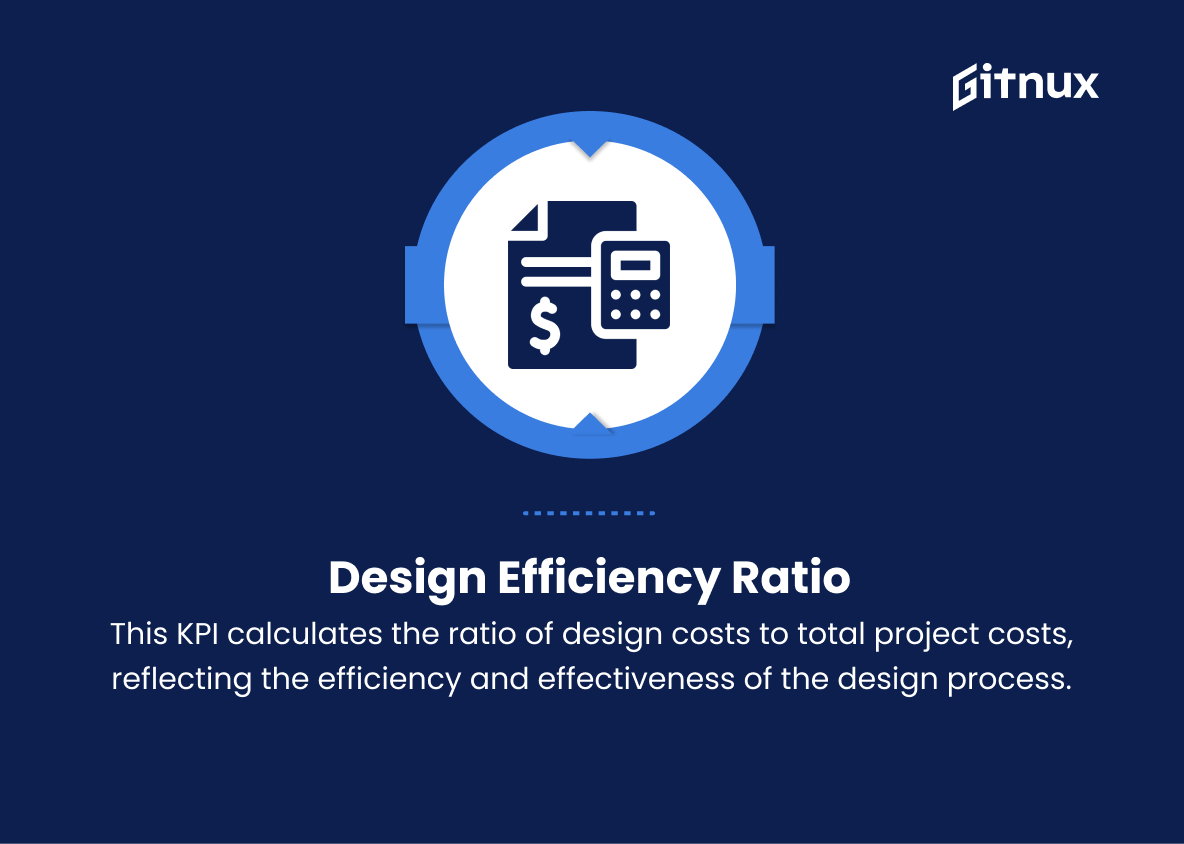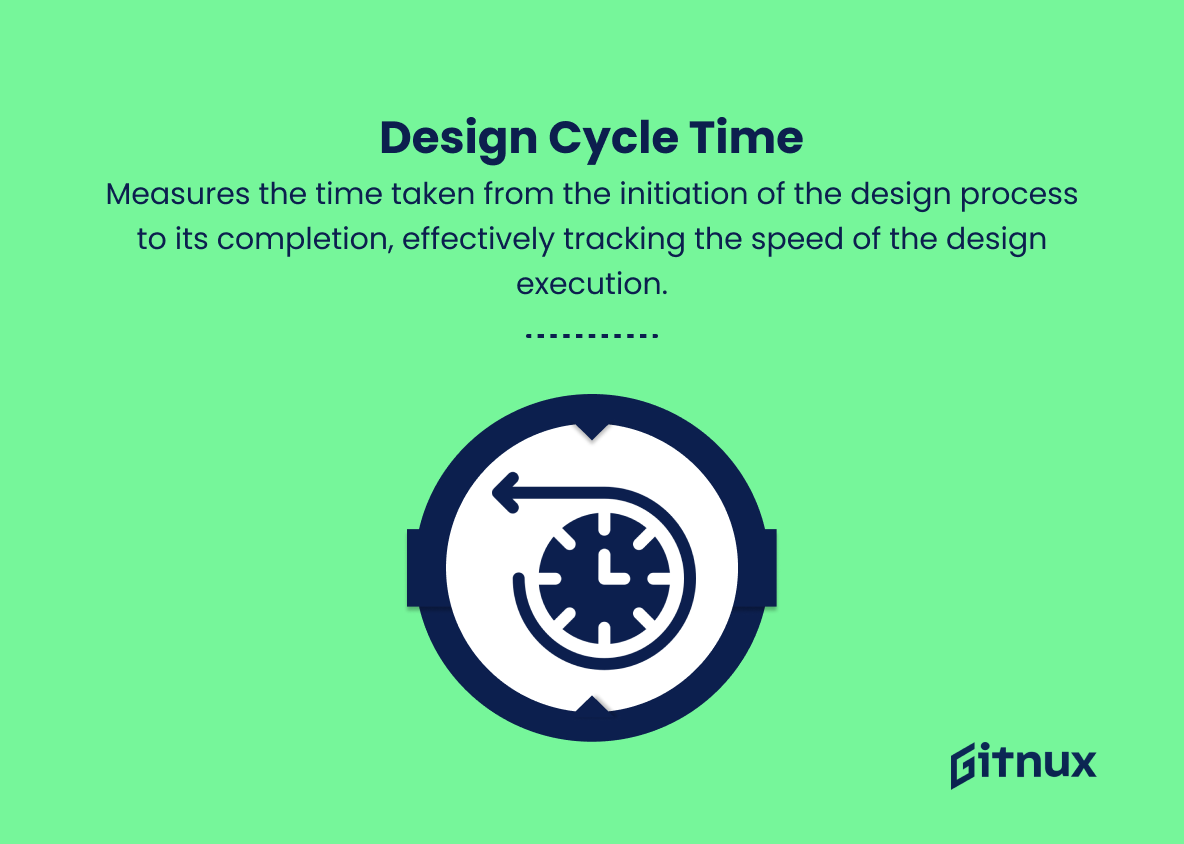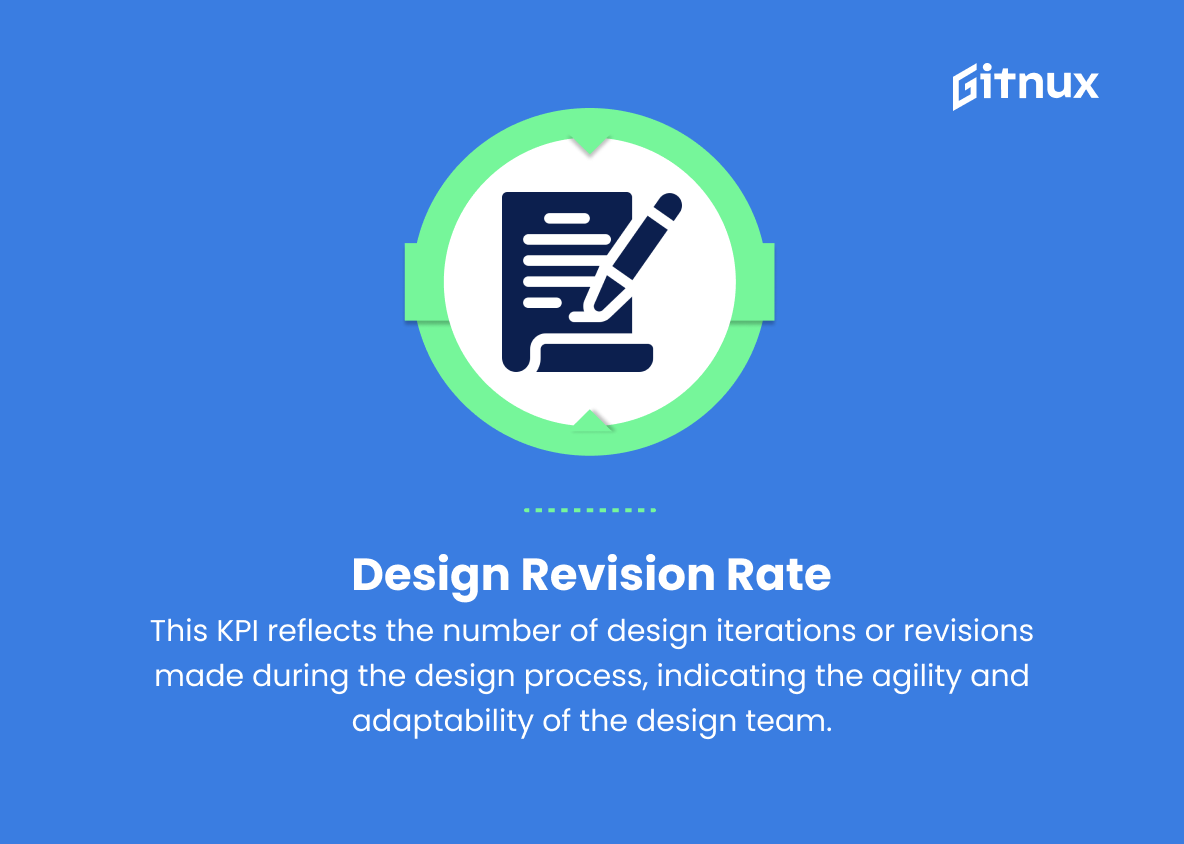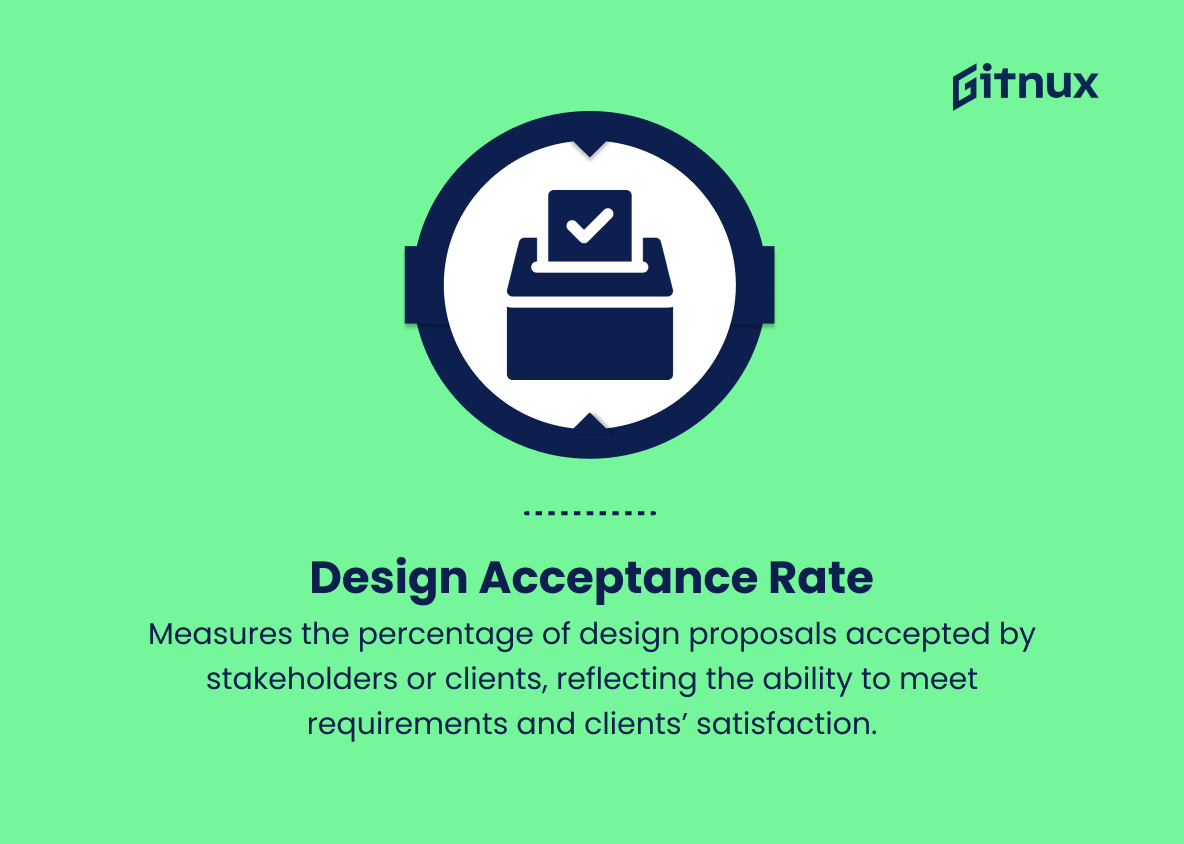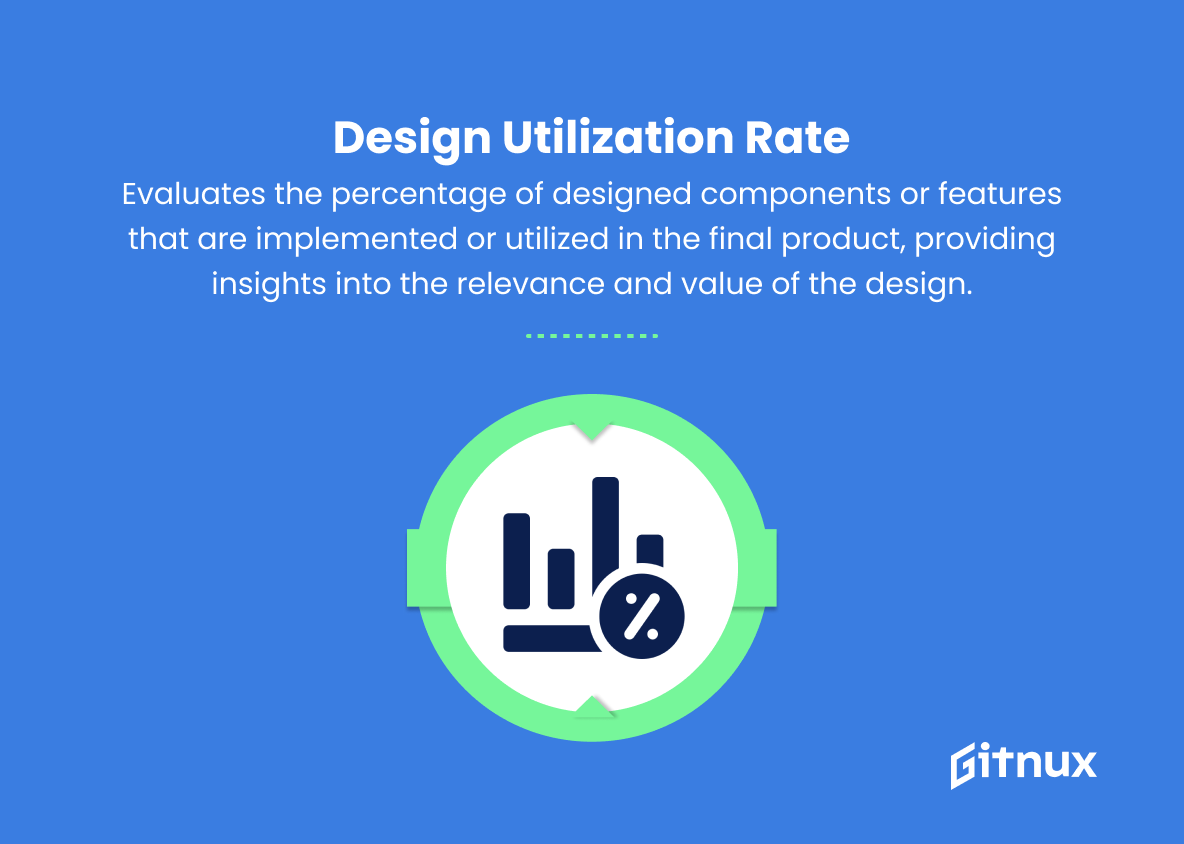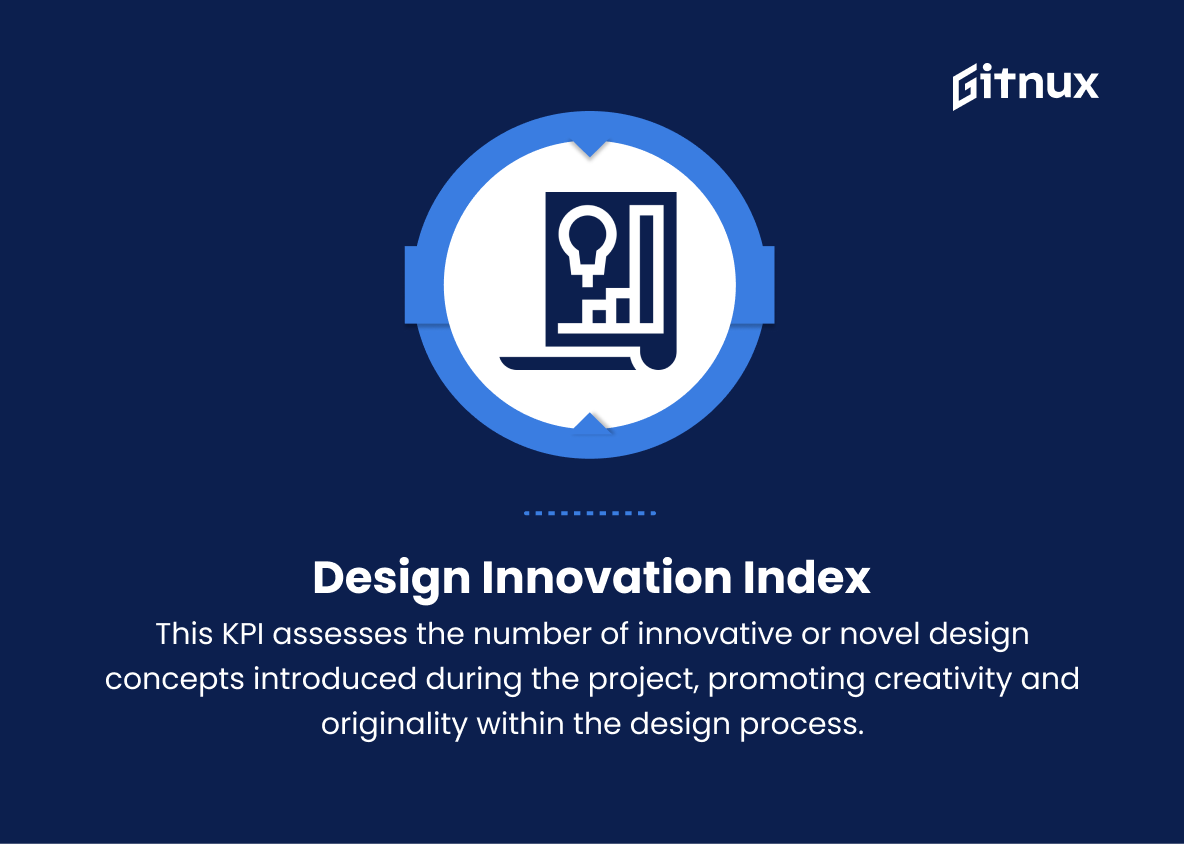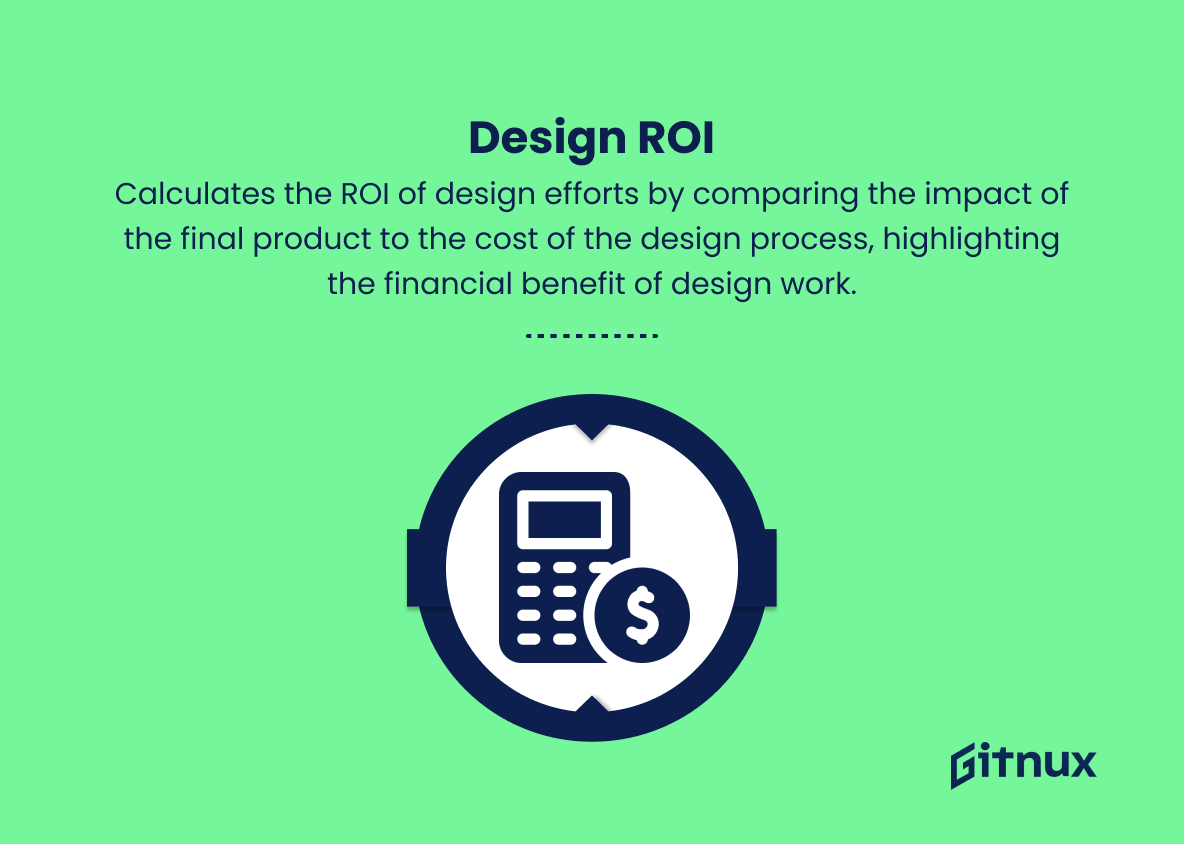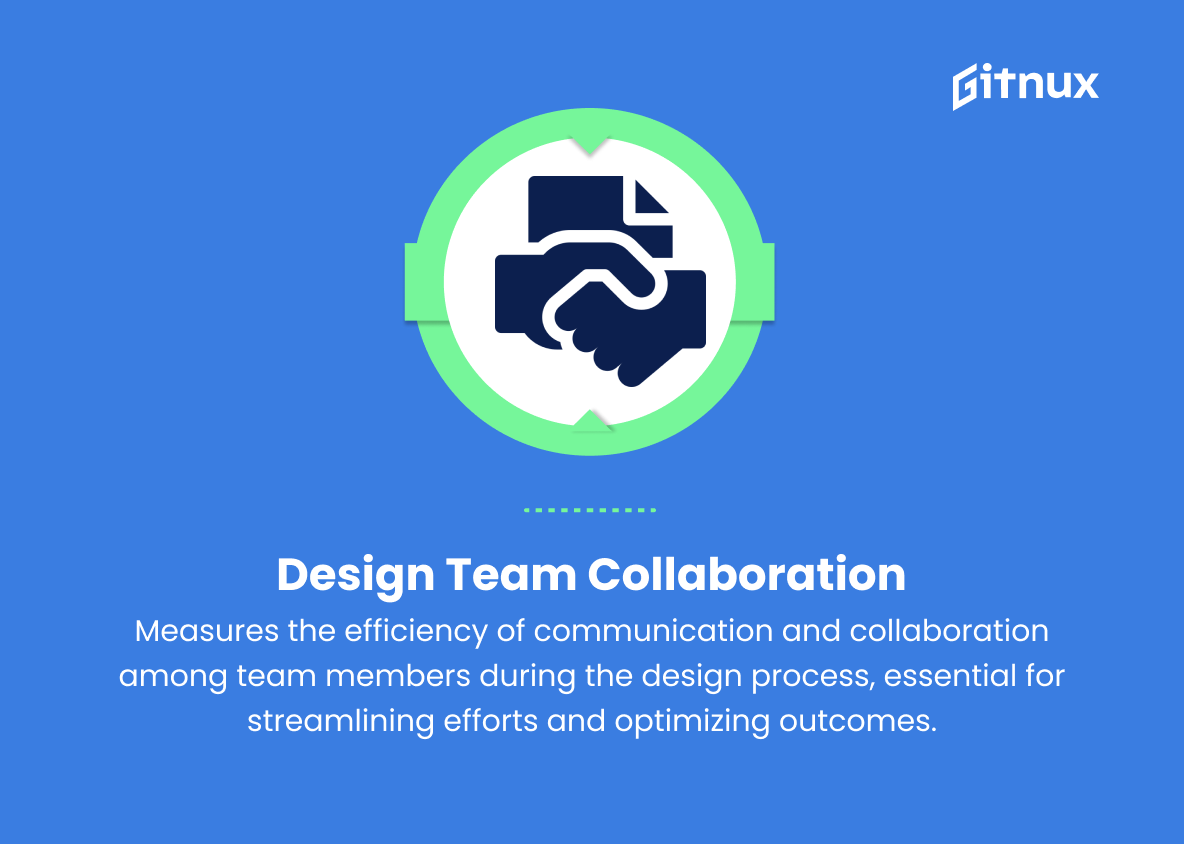In today’s increasingly competitive business landscape, the ability to measure and evaluate the success of design-related projects and initiatives has become more important than ever. That’s where Design Key Performance Indicators (KPIs) come into play. This critical set of metrics not only helps design teams demonstrate their value but also guide them towards making informed decisions and driving continuous improvement.
In this blog post, we delve into the world of Design KPIs, discussing their significance, the various types of KPIs to consider, and how to effectively incorporate them into your organization’s design strategy. So, let’s embark on this journey together and unlock the true potential of design performance measurement.
Design KPIs You Should Know
1. Design Efficiency Ratio
This KPI calculates the ratio of design costs to total project costs, reflecting the efficiency and effectiveness of the design process.
2. Design Cycle Time
Measures the time taken from the initiation of the design process to its completion, effectively tracking the speed of the design execution.
3. Design Revision Rate
This KPI reflects the number of design iterations or revisions made during the design process, indicating the agility and adaptability of the design team.
4. Design Error Rate
Tracks the number of design mistakes or flaws identified during the project, highlighting the quality and accuracy of design deliverables.
5. Design Acceptance Rate
Measures the percentage of design proposals accepted by stakeholders or clients, reflecting the ability to meet requirements and clients’ satisfaction.
This critical set of metrics not only helps design teams demonstrate their value but also guide them towards making informed decisions and driving continuous improvement.6. Design Utilization Rate
Evaluates the percentage of designed components or features that are implemented or utilized in the final product, providing insights into the relevance and value of the design.
7. Design Innovation Index
This KPI assesses the number of innovative or novel design concepts introduced during the project, promoting creativity and originality within the design process.
8. Design ROI (Return on Investment)
Calculates the ROI of design efforts by comparing the impact of the final product to the cost of the design process, highlighting the financial benefit of design work.
9. Design Team Collaboration
Measures the efficiency of communication and collaboration among team members during the design process, essential for streamlining efforts and optimizing outcomes.
10. User-Centered Design Index
This KPI evaluates the degree to which user needs, preferences, and feedback are incorporated into design decisions, emphasizing the importance of user experience in the design process.
Design KPIs Explained
Design KPIs are essential metrics that allow companies to quantify the effectiveness of their design processes, ultimately improving efficiency, quality, and overall project success. Design Efficiency Ratio and Design Cycle Time reflect the effectiveness and speed of design execution, respectively, ensuring streamlined operations and optimal resource allocation. Design Revision Rate, Design Error Rate, and Design Acceptance Rate provide insights into the adaptability, accuracy, and alignment of the design with client expectations.
Design Utilization Rate and Design Innovation Index showcase the relevance and creativity of the final product, driving value and differentiation. Design ROI highlights the financial return on design investments, justifying design efforts and budgets. Design Team Collaboration ensures smooth teamwork and communication, essential for successful project completion. Lastly, the User-Centered Design Index reflects the focus on end-user experience, driving user satisfaction and fulfilling the ultimate purpose of any design project.
Conclusion
In summary, Design KPIs play a crucial role in evaluating the effectiveness of design strategies and enabling teams to make informed decisions for improvement. By tracking and analyzing these metrics, businesses can optimize their design processes, allocate resources more efficiently, and ultimately drive higher user engagement, customer satisfaction, and overall success.
As the digital landscape continues to evolve, adopting a data-driven approach with a focus on Design KPIs will undoubtedly become an indispensable part of any thriving organization’s growth strategy.
